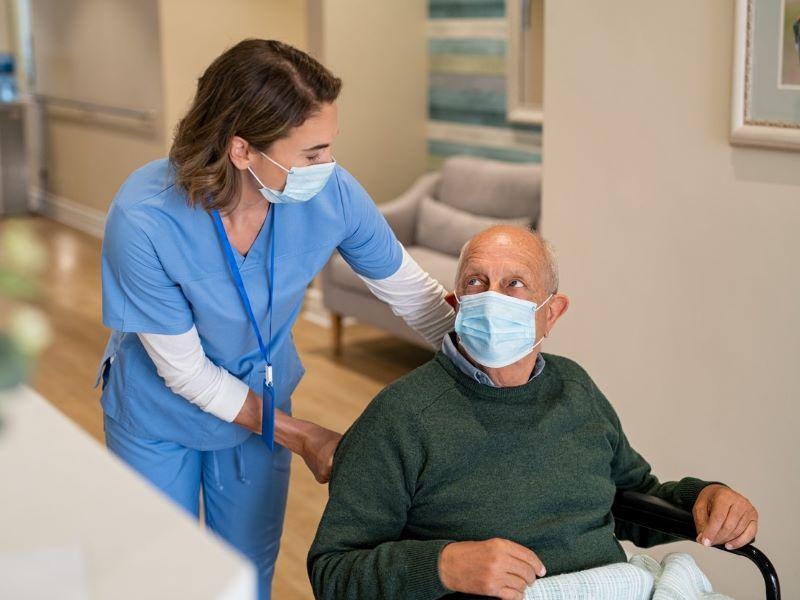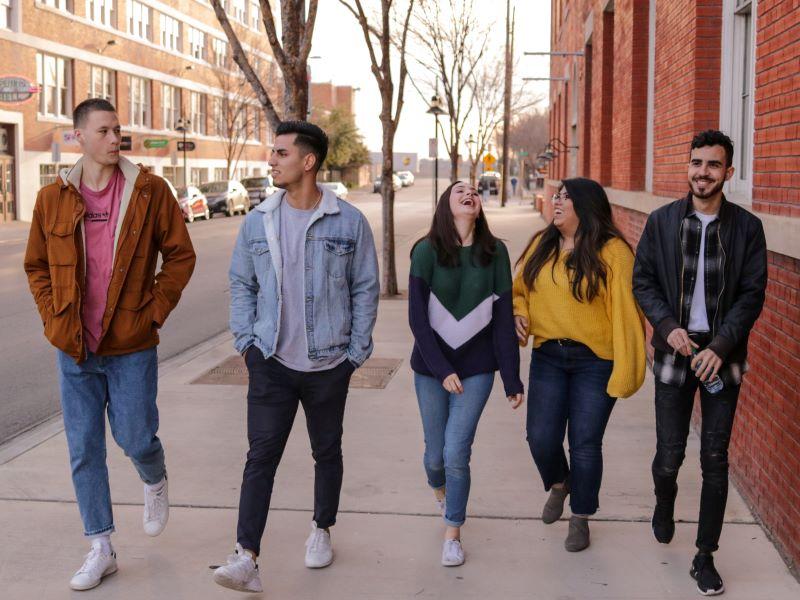Well, hello, we’re here now to talk about the cultural adjustments to reflect cultural sensitivity. So let me just read the introduction to this presentation so we know exactly where we’re going.
Curriculum is the road map for the course and instruction, and is meant to guide the journey of discovery and preparation of students for their clinical experience and their beginning professional practice. The inclusion of culturally sensitive content is intentional and aligns with the broad intentions to prepare students of all backgrounds for their clinical experience.
Now there are three areas that I want to focus on while we talk about the inclusion of culturally sensitive materials.
One, the willingness of members of various groups to pursue healthcare. Two, the ability to establish and maintain a treatment relationship. And three, knowledge of and respect for traditions that can encourage treatment continuation.
Now as I mentioned earlier in the presentation, and I’ve written in the presentation, this all depends on understanding the cultural and historical context in which people from various racial and ethnic and national groups and nationalities approach healthcare.
It is a broad statement, granted, because we don’t know exactly where the students will be in beginning their practice and continuing their practice. So we have a broad spectrum of a way of helping them learn and understand how to address and how to approach various groups.
So, the first one is the willingness of members of that group to even approach or pursue healthcare. The importance here is understanding that cultural and historical context, complete with poor treatment and disrespectful treatment as well as disparate treatment, for various groups.
So, the willingness of people from various groups to then even pursue healthcare is something that students need to understand. They may be able to understand perhaps why they are reluctant, why they are resistant, if they understand that larger culturally historical context.
So, not to then interpret the willingness or lack of willingness to pursue healthcare as resistance or anything else, but rather based on their own experience.
And to keep that in mind as they engage because that will then be important for the second one, which talks about, the second point, the ability to establish and maintain professional relationships and treatment relationships.
If they understand that context, if they then view the patient and the family members’ response to that through that lens, then they’ll be able to address some of those points as they try to engage and as they begin to establish that relationship.
And the third point, the knowledge of and respect for traditions that can encourage or actually interfere with treatment continuation is also important to know.
Again all of it is based on the understanding of the historical and cultural context and understanding a bit about the culture that the person has come from.
Now I want you to keep in mind that this really isn’t about any particular group being monolithic but rather understanding those broader concepts, being sensitive to them, so that as they go into the development of that treatment relationship that they ask questions and respond in ways that are appropriate.
And one of the things I often tell students, and I think this is an important part of the curriculum and an important part of their preparation, is if they have a question about a patient or family member’s experience or traditions, the most expert person to give them that information is the patient and the family members themselves.
Don’t be afraid to ask questions. But build into the curriculum that historical and cultural understanding and experience.
It is not to be denied even though it may not necessarily be experienced by that particular patient, because we’re talking maybe generations beyond those experiences. But let’s also not diminish the possibility that that will happen.
So as you’re developing your curriculum, then look at how you want to help students learn about various cultures. It is really a way of learning, not necessarily a way of understanding all cultures, but a way of learning about all cultures, because we don’t know which cultures they will encounter.
So, it really is not about understanding individual cultures but rather understanding how culture and our historical and sociological and cultural experience can affect how people come to treatment, their resistance to treatment, and how our students can learn as budding professionals how to engage and interact with people that they will have as patients coming from various backgrounds.
I know this is short but I hope these points have been helpful and will be helpful to you as you develop your curriculum. Remember that it must be intentional; it won’t happen merely in passing.
You have to then be very clear that what you want students to understand is how to develop cultural sensitivity. And that is by understanding the historical and cultural context and recognising that patients and family members are the experts on their experience with healthcare and on their traditions that can actually encourage treatment or even interfere with that, and be able to engage around those issues.
So, I hope this has been helpful and thank you for the opportunity to speak to you. I hope you have a wonderful time with your students and enjoy teaching.
Craig Jackson is dean of the School of Allied Health Professions at Loma Linda University and member of the Association for Schools Advancing Health Professions (ASAHP).




comment